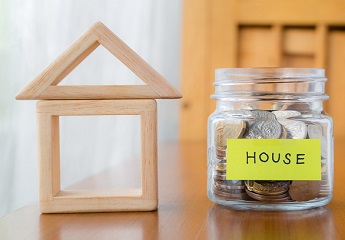Australian housing values lifted by 1.8% in April according to CoreLogic’s national home value index, with the monthly pace of capital gains easing from a 32-year high in March (2.8%). Although growth conditions have slowed, housing values are still rising at a rapid pace, up 6.8% over the past three months to be 10.2% higher than the COVID low in September last year.
CoreLogic’s research director, Tim Lawless, says the pace of capital gains could slow further over the coming months as inventory levels rise and affordability constraints dampen housing demand.
“The slowdown in housing value appreciation is unsurprising given the rapid rate of growth seen over the past six months, especially in the context of subdued wages growth. With housing prices rising faster than incomes, it’s likely price sensitive sectors of the market, such as first home buyers and lower income households, are finding it harder to save for a deposit and transactional costs.”
There is already some evidence of fewer first time buyers in the market, with the Australian Bureau of Statistics reporting a -4.0% fall in the value of first home buyer home loans through February, the first drop since May last year.
Despite the slowdown, positive housing market conditions remain geographically broad-based with every capital city and ‘rest-of-state’ region continuing to record a lift in dwelling values over the month.
Change in Dwelling Values

The four smallest capital cities recorded double digit annual growth (Adelaide 10.3%, Hobart 13.8%, Darwin 15.3% and Canberra 14.2%), reflecting a smaller COVID-related disruption and an earlier start to the growth phase last year. Melbourne is recording the lowest level of annual growth (2.2%) due to a larger downturn, attributable to the extended lockdown period last year.
The broad trend of houses outperforming the unit sector continued through April as higher density styles of housing experienced less demand amidst elevated supply across some inner city precincts. At the combined capital city level house values (8.6%) have risen at double the pace of unit values (4.3%) over the first four months of the year.
“A preference shift away from higher density housing during a global pandemic is understandable, however a rise in flexible working arrangements also seems to be supporting greater demand for houses around the outer-fringes of capital cities. Relatively weak investor activity, compounded by a supply overhang in some high-rise precincts, is also dampening price growth in unit markets,” Mr Lawless said.
Index Results as at April 30,2021





